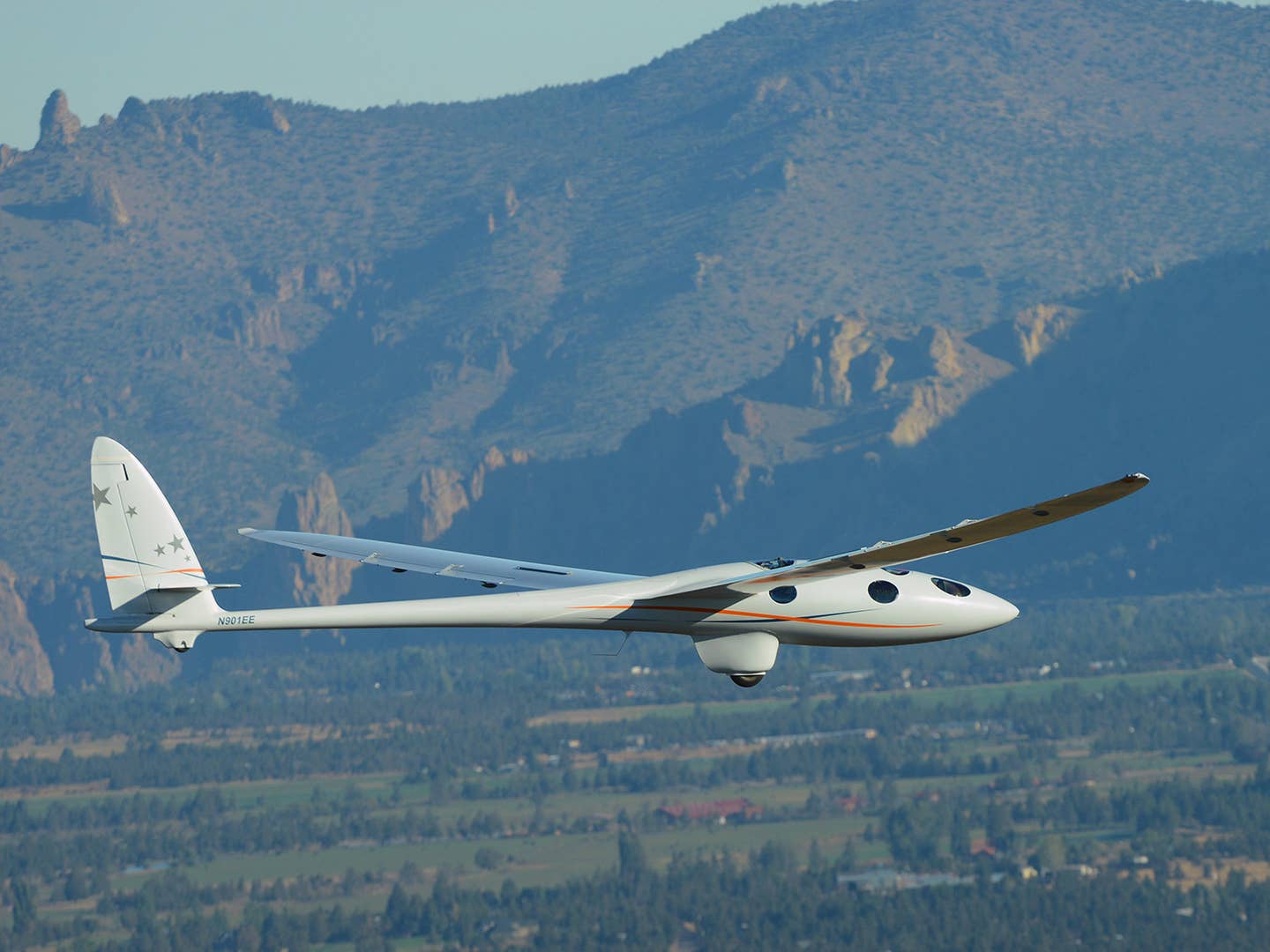
Airbus Perlan Mission 2 Airbus Group
The Airbus Perlan Mission 2, a project that aims to take a glider to the very edge of space next year to gain scientific insight into the Earth's upper atmosphere and perhaps lay the groundwork for eventual flights on Mars, celebrated the opening of the new Dennis Tito Perlan 2 Hangar at Minden/Tahoe Municipal Airport in Nevada, marking the official start of the flight test program.
The Perlan 2 team is preparing for a record-breaking flight in 2016 when project pilots will ride air currents to 90,000 feet, opening up new discoveries in high-altitude flight, climate change and space exploration.
Airbus Perlan Mission 2 completed a successful first flight in Oregon on September 23. It has found a new home in Minden thanks to Dennis Tito, a major backer of the volunteer-run Perlan Project. Tito built a new hangar to accommodate the Perlan 2 glider with its 84-foot wingspan, until the aircraft departs next summer for Argentina to take advantage of meteorological conditions ideal for its historic flights into the stratosphere.
"People like to say that the sky's the limit," said Allan McArtor, Chairman and CEO of Airbus Group "but Perlan proves that the sky is not the limit, it's only a starting point. We hope Perlan will inspire a new generation of young aerospace pioneers, and we want to be the kind of company that they will grow up wanting to work for."
The pressurized Perlan 2 glider was developed by The Perlan Project, a volunteer-run, nonprofit endeavor headed by leaders in aerospace and engineering. It is supported by Airbus Group and a collection of other sponsors that includes United Technologies, Weather Extreme Ltd. and BRS Aerospace.
"We're excited that Airbus Perlan Mission II is initiating its critical flight testing phase in preparations for our record-breaking flights in Argentina next year," said Ed Warnock, CEO of the Perlan Project. "In the coming months we'll continue to gradually expand the flight envelope, to ensure we're ready to meet the challenges of flying where no airplane has ever sustained flight before."
In addition to a two-person crew, the aircraft will carry scientific instruments to provide new insight into climate change and the atmosphere.
Next year's flights are expected to exceed even the altitudes achieved by the current world record holder, the SR-71 Blackbird. Despite having no engine, the glider's true flight speed at 90,000 feet will be more than 350 knots, and the air density will be less than 2 percent of what it is at sea level. The crew will breathe pure oxygen provided by a rebreather system, similar to what astronauts use in space.

Sign-up for newsletters & special offers!
Get the latest FLYING stories & special offers delivered directly to your inbox






